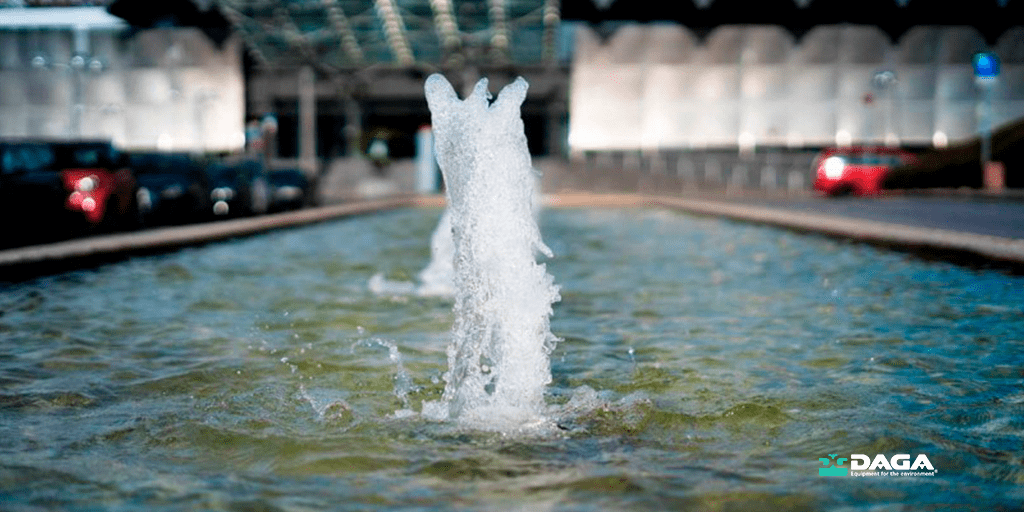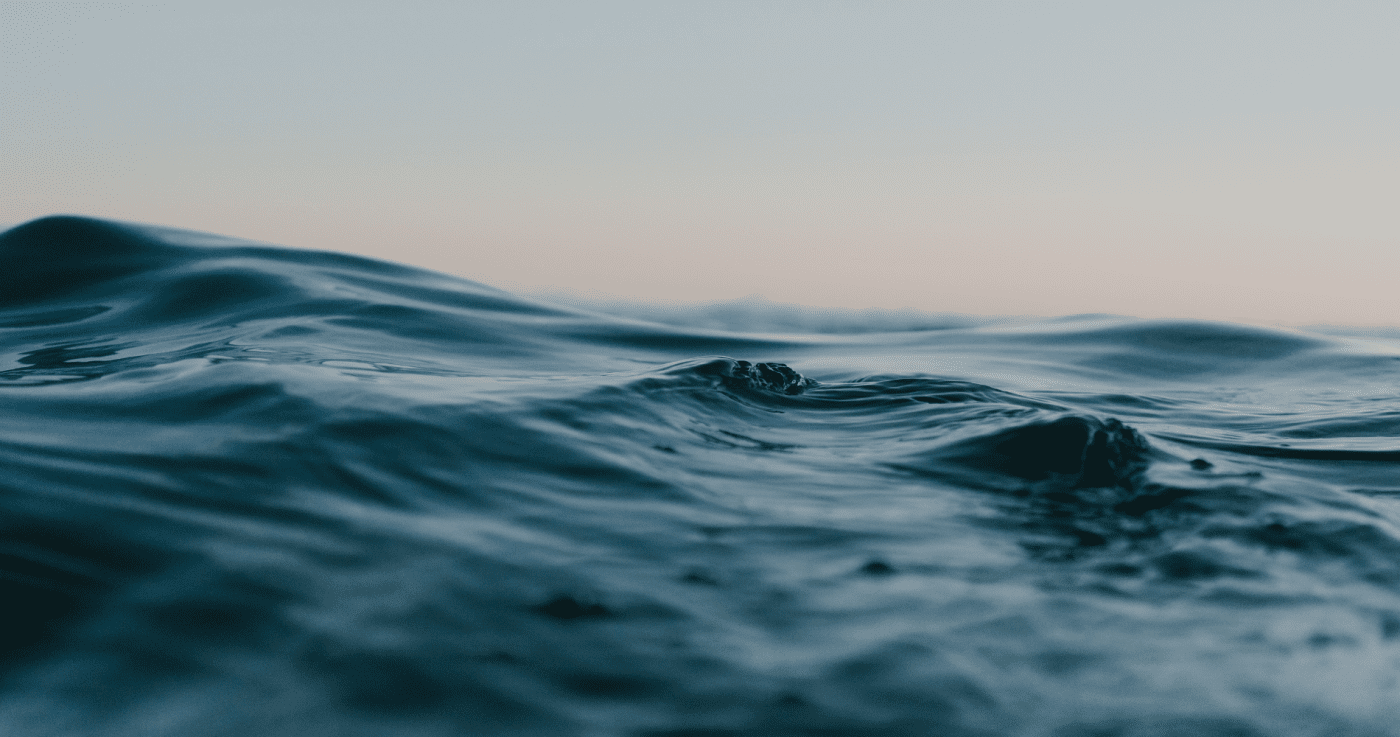
The arrival of 2021 has been hailed as an opportunity to "debug" some of the worst moments left by 2020, overshadowed by the global pandemic of COVID-19, still active.
The reality is that the change of number in the calendar does not mean "blur and new account", but it does provide a time to balance and set new goals. At the same time, we try to anticipate some challenges that may arise for the next 365 days, to be able to face them and overcome them. Or at least try.
The reality is that the change of number in the calendar does not mean "blur and new account", but it does provide a time to balance and set new goals. At the same time, we try to anticipate some challenges that may arise for the next 365 days, to be able to face them and overcome them. Or at least try.
Focus on the Water Footprint
We have officially inaugurated the second decade of the 21st century, which we still reach with 2 billion people without access and availability of drinking water. This is reflected in the latest data from the World Health Organization (WHO) and Unicef, which also indicates the existence of 4.5 billion without secure sanitation services.
A scenario that is still difficult to perceive today in most Western societies, where access to water is as simple as opening a tap. Thus, it is difficult to be fully aware that this is necessary and, above all, unlimited good, whose future depends on immediate sustainable and efficient management.
In this sense, disseminating concepts such as the Water Footprint - the actual volume of water we consume daily - can help raise awareness and, consequently, improve management. For example, according to the Spanish Association of Water Supply and Sanitation, a person consumes 128 liters of drinking water a day in Spain. However, its water footprint is about 6,700 liters of water per person per day, according to Unesco.
In the situation of climate crisis in which we find ourselves, having knowledge of these figures and what they really mean for our planet and, inevitably, for each of its inhabitants, is essential for effective action.
A scenario that is still difficult to perceive today in most Western societies, where access to water is as simple as opening a tap. Thus, it is difficult to be fully aware that this is necessary and, above all, unlimited good, whose future depends on immediate sustainable and efficient management.
In this sense, disseminating concepts such as the Water Footprint - the actual volume of water we consume daily - can help raise awareness and, consequently, improve management. For example, according to the Spanish Association of Water Supply and Sanitation, a person consumes 128 liters of drinking water a day in Spain. However, its water footprint is about 6,700 liters of water per person per day, according to Unesco.
In the situation of climate crisis in which we find ourselves, having knowledge of these figures and what they really mean for our planet and, inevitably, for each of its inhabitants, is essential for effective action.
The 2030 Agenda, on the Horizon
We have just entered the final decade towards the destination represented by the Sustainable Development Goals set for 2030. A goal in which - directly or indirectly - the universal guarantee of the right to water influences.
We are right in a scenario, that of the health crisis unleashed by the pandemic, which shows us how water is a resource that marks the border between health and disease. Figures and statistics have shown that where there was no water to wash your hands, the coronavirus infection has been more incisive.
It is true that the problems of water scarcity have been dragging on for decades and that, before the pandemic, Climate Change had already begun to rethink challenges that, if they were not enough, have worsened and even accelerated.
What was known for sure and is now (re) confirmed is that without water, neither health, nor food, nor development is possible and the only option - perhaps the last - is to act.
We are right in a scenario, that of the health crisis unleashed by the pandemic, which shows us how water is a resource that marks the border between health and disease. Figures and statistics have shown that where there was no water to wash your hands, the coronavirus infection has been more incisive.
It is true that the problems of water scarcity have been dragging on for decades and that, before the pandemic, Climate Change had already begun to rethink challenges that, if they were not enough, have worsened and even accelerated.
What was known for sure and is now (re) confirmed is that without water, neither health, nor food, nor development is possible and the only option - perhaps the last - is to act.
DAGA and its commitment to sustainability
With more than six decades of experience, DAGA leads the development of wastewater treatment equipment (WWTP), irrigation water filtration and roughing equipment, and industrial effluent treatment equipment.
Our product catalog reflects the values of an industrial group committed to the environment and, in particular, to the water cycle.
Discover more information related to the sector, in our blog.
Our product catalog reflects the values of an industrial group committed to the environment and, in particular, to the water cycle.
Discover more information related to the sector, in our blog.


